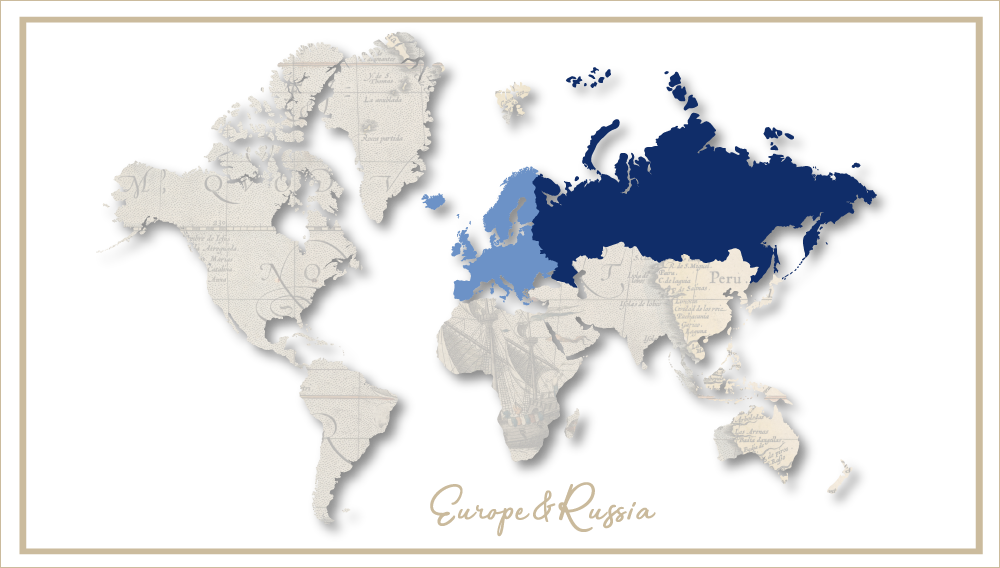Heineken announces more cost cuts despite profit rise
"Russia is a very difficult market. ... I am not so sure about the growth potential of the next year, which might be minute or slightly decreasing", Heineken CEO Jean-François van Boxmeer said on 15 February 2012, when commenting on the brewer’s 2011 full year figures. And true: central and eastern Europe was the only market where Heineken saw revenue growth of 5 percent yet profits drop 7.2 percent (EBIT).
Heineken’s results lived up to what Mr van Boxmeer had announced a year ago: they would boost top line growth by increasing marketing spending, even if it meant profits growing at a lesser rate.
For 2011 Heineken reported revenues growing 6.1 percent to EUR 17.1 billion, thanks to the acquisition in April 2010 of Mexican brands including Sol, Dos Equis and Tecate. Group beer volume increased 11 percent to 214 million hl. However, EBIT was up only 2.8 percent to EUR2.7 billion.
The company said that its net profit over the year fell 1.2 percent to EUR1.4 billion (USD 1.88 billion), from EUR 1.45 billion in 2010, following an exceptional capital gain in 2010.
When comparing on a like-for-like basis, excluding recent acquisitions and disposals, Heineken said revenues grew 3.6 percent. Volume increases accounted for 2.1 percent of the revenue rise while prices hikes made up the balance.
Earnings in western Europe, Heineken’s major market in terms of revenues and profits, have been supported by cost savings. In the Americas, Heineken’s second most profitable territory, sales of the Dutch portfolio (Heineken, Amstel) shrank 5 percent in volumes but its Mexican brands, notably Dos Equis, grew.
One eye-catching detail: Vietnam is now the second-largest market for Heineken-branded beer.
Heineken said they expect costs to rise by 6 percent in 2012 mostly due to higher malted barley prices. They hope to absorb the impact by increasing sales and cutting costs by EUR 500 million, mostly in Europe.
Which is why the British brewing industry is bracing itself for more job cuts. Last year, Heineken UK saw volumes drop 2.8 percent, while the industry’s fall was 3.5 percent.
Heineken became Britain’s third-biggest brewer in 2008 after its joint acquisition with Carlsberg of Edinburgh-based brewer Scottish & Newcastle (S&N).
Mr van Boxmeer said unspecified job losses would be associated with the new cost cutting programme, called TCM2, but they would be more “modest” than in the past three years. The company axed 1,100 staff last year alone, of which about 100 were in the restructuring of S&N’s British operations. The brewer employed a little under 70,000 people globally by the year’s end.
Mr van Boxmeer announced that emerging markets would take most of the capital investment in 2012 since they already contribute 50 percent to Heineken’s profits and two thirds to Heineken’s beer volumes.
Still, Heineken remained committed to Britain and western Europe because they threw off money to expand in emerging markets. “Thirty of the 39 acquisitions we have made over the past decade have been in emerging markets, and the lion’s share of capital spending will go to Africa,” Mr van Boxmeer added.
“But we are not going to abandon Europe. It’s thanks to the good cash flows we generate in Europe that we can finance acquisitions.”
What a vote of confidence.


